Step 1: Choose the Base Shape
Start with a basic shoe template.
Select an ankle-length boot silhouette — this should cover the ankle but not go too high up the leg.
Step 2: Define the Heel Style
Decide if you want a flat, block, wedge, or stiletto heel.
Adjust the height and shape to match your design vision (e.g. casual, formal, edgy, etc.).
Step 3: Add Texture and Material
Choose the material (leather, suede, denim, glitter, etc.). Use texture brushes or overlays to give the boots a realistic surface look.
Step 4: Design the Front and Sides
Sketch the toe shape (pointed, round, square).
Add stitching lines, panels, or seams to define the structure of the boot.
Step 5: Include Details
Add zippers, laces, buckles, or elastic side panels depending on the style.
Make sure details are symmetrical and placed logically.
Step 6: Add Color and Accents
Pick a main color and add secondary colors if needed (e.g. heel in a different tone).
Use metallics for buckles or zippers if desired.
Step 7: Apply Shading and Highlights
Add shadows along edges and curves to give depth.
Use highlights on raised areas to simulate lighting and texture.
Step 8: Final Touches
Zoom out and review your boot on a model or as part of an outfit.
Make small adjustments for symmetry, proportions, and color balance.
Step 9: Save and Export
Save your final design.
If you’re entering a challenge or uploading to your portfolio, export in high resolution

This is how my boots ended up looking


















